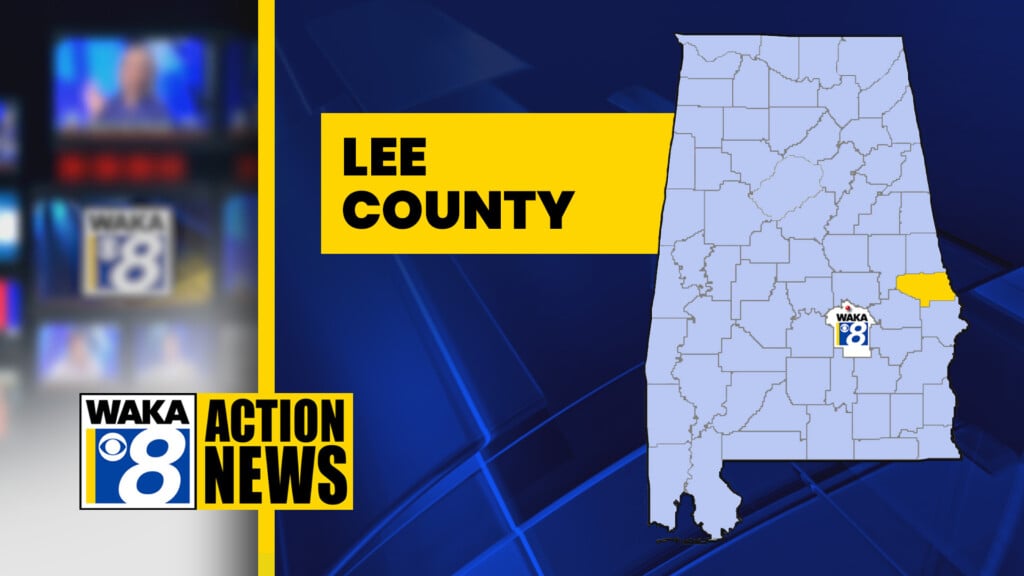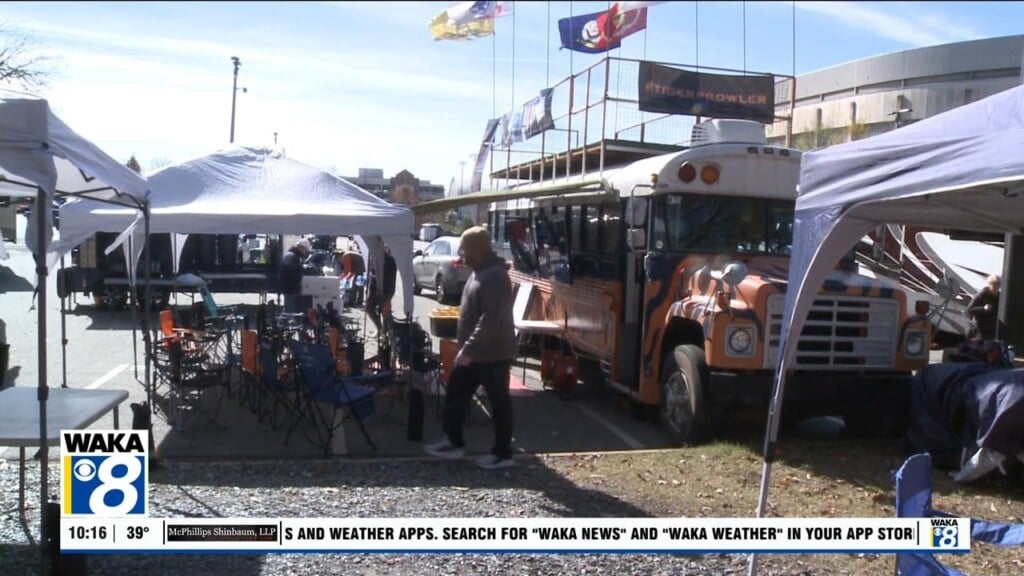“We’re just praying for rain”: Alabama farmers feeling impacts of ongoing drought
Alabama saw little to no rainfall in August and September, which means drought conditions are worsening in October.
According to the Alabama Drought Monitor, every county in Alabama is seeing some level of drought.
And local farmers are feeling the impacts.
Severe drought conditions across the state are causing major headaches for farmers. The rainfall we had in the early summer is a distant memory now.
“Well, we’ve gone from one extreme to the next,” says farmer Randall Beers.
Beers is a fifth generation farmer in Tyler, Alabama, which is located in Dallas County. He grows cotton, corn, and peanuts on about 2,000 acres annually. He says his latter crops have really suffered this year.
“The ground is so hard, I’ve got about a third of my peanuts that are still in the ground. The ground is so hard that I can’t get the plow in the ground to plow them up,” says Beers.
In fact, agriculture leaders say drought conditions have gotten worse the past three years.
“This is our third year that we’ve really had issues and in a five year period, a farmer can survive off a one-year drought. But with commodity prices the way they’ve been and drought the past three years, a lot of these farmers are really struggling and we just haven’t got adequate rain when we’ve needed it,” says Blake Lanton, an extension agent with the Alabama Cooperative Extension System, who covers the West and Central Region of Alabama.
The latest map from the U.S Drought Monitor shows parts of Alabama experiencing a moderate to extreme drought, with conditions worsening in October.
“Just depending on what cloud you are under, some farms have been blessed to get what they need to make decent crops. And then some places we go ten miles down the road, there’s some cotton that never even had a chance,” explains Lanton. “If we got fruit on the crop and we don’t see rain, we need to do everything we can to protect what’s there.”
In Shorter, Alabama, Auburn University and the Alabama Extension Office are teaming up with farmers to compete in the TAPS, or Testing Ag Performance Solutions Program field trials. The results from the field studies are aimed at helping farmers find solutions to their challenges, like Alabama’s drought, and improve their crop management strategies and economic outcomes.
Eros Francisco is a grain crop specialist at Auburn University.
“One of the things we are trying is really put irrigation as a factor into the calculations to see how efficiently we can supply water to plants and make a difference in the yield,” explains Francisco. “Some farmers are really aggressive in testing different practices to achieve higher yields. profitability really matters any time but they test new things and new practices and new risks.”
Francisco says using irrigation systems is the most beneficial way farmers can deal with drought conditions.
“Irrigation is one of the factors that we are applying to this trial and not only the ability to irrigate the crop but also the ability the monitor when to irrigate,” says Francisco.
But irrigation systems aren’t a reality for most farmers, because the systems are so expensive.
“Irrigation systems, however, costs money. You have pump water, electricity to pay, diesel, so its not like ‘oh let me use irrigation anytime I want.’ It’s about when is the right time to apply water to my field. So we have sensors that we put out in fields to pick out the good moment to deliver water to the plant in a very efficient time and way,” says Francisco.
The field tests are performed at the E.V. Research Center in Shorter, Alabama. The center is an agriculture experiment station in Alabama, and works with Auburn University and Extension Services to do research. Professors are able to do farm trials. The results are then taken to producers to show outcomes.
Andrew Sparks is the Associate Director at the Center. He’s also a long-time farmer.
“Rain, there’s no substitute for it. And we try to with irrigation. But that costs money also. Electricity is not free. Diesel is not free. So anytime you have to turn one of these pivots on, it costs money,” explains Sparks.
Sparks says the biggest thing farmers are dealing with is the pressure and interest in the agriculture industry. The industry has to be stable, because it supplies a lot of jobs and money for the state. He says there is an intense focus on keeping farmers going.
“The way the economics of the ag industry is right now, we’re facing really really high inputs. and so its kind of insult to injury to have low yields with really high inputs and low commodity prices. So its really difficult to pencil things out right now,” says Sparks
For now, farmers are praying for rain and hoping for better days ahead
“We need a good soaking rain,” says Beers.
Farmers say one of the biggest ways you can support them is by buying from local farms.
For more on the Alabama Cooperative Extension System, click here.
The public can also help by feeding their own observations into the Alabama Drought Monitoring program here.
You can learn more about the TAPS program competition here.






